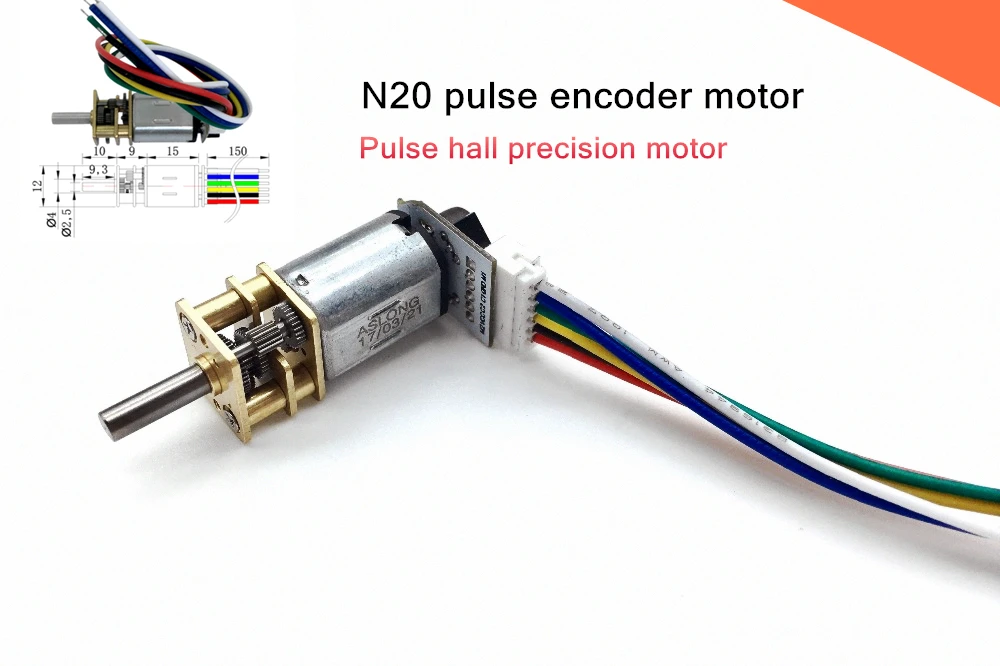

It was also found that the degradation of the polymer was enhanced for increasing accumulated fluence levels. Devices that can achieve this objective include a large low-inductance capacitor bank discharged into a single-loop antenna, a microwave generator, and an explosively pumped flux compression generator. FDTD calculations showed enhanced optical intensity at the topographic maxima, which can explain the dependency of the morphology of LIPSS on the polarization with respect to the orientation of the DLIP structures. Non-nuclear electromagnetic pulse (NNEMP) is a weapon-generated electromagnetic pulse without use of nuclear technology. It was found that when the linear laser polarization was set perpendicular to the DLIP ridges, LIPSS could be formed on top of various DLIP structures. Complementary chemical analyzes by micro-Raman spectroscopy and attenuated total reflection Fourier-transform infrared spectroscopy provided in-depth information on the chemical and structural material modifications and material degradation imposed by the laser processing. Finite-difference time-domain (FDTD) calculations of the laser intensity distribution on the DLIP structures allowed to address the specific polarization dependence of the LIPSS formation observed in the second processing step. Scanning electron and atomic force microscopy methods were used for the characterization of the hybrid surface structures. Particular emphasis was laid on the influence of the direction of the laser beam polarization on the morphology of resulting hierarchical surfaces. Hierarchical micro/-nanostructures were produced on polycarbonate polymer surfaces by employing a two-step UV-laser processing strategy based on the combination of Direct Laser Interference Patterning (DLIP) of gratings and pillars on the microscale (3 ns, 266 nm, 2 kHz) and subsequently superimposing Laser-induced Periodic Surface Structures (LIPSS 7–10 ps, 350 nm, 100 kHz) which adds nanoscale surface features.


 0 kommentar(er)
0 kommentar(er)
